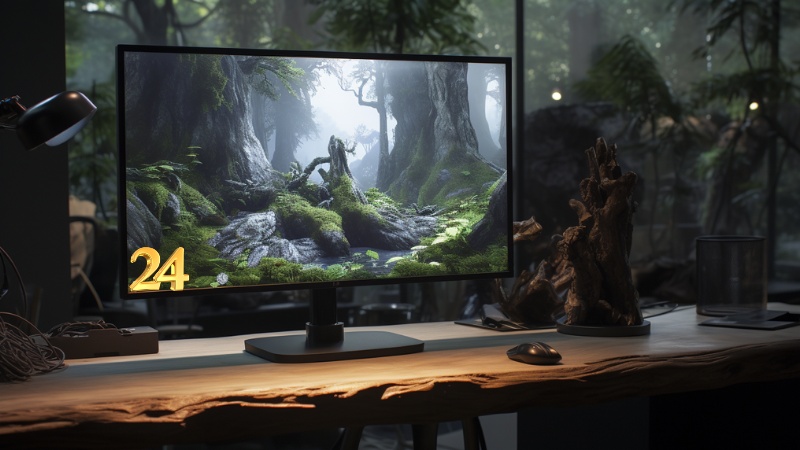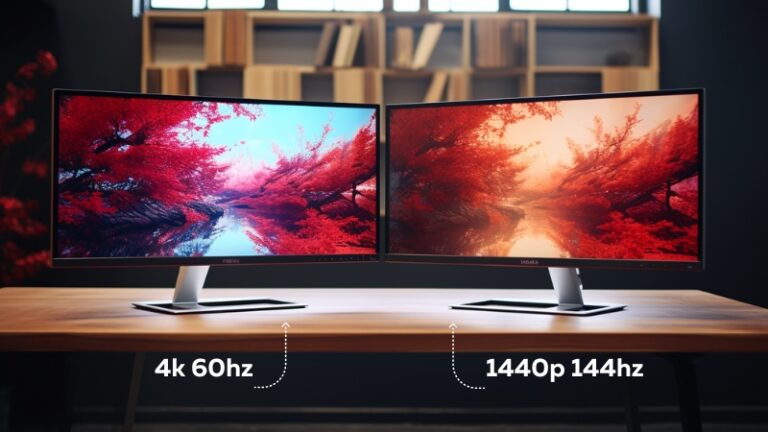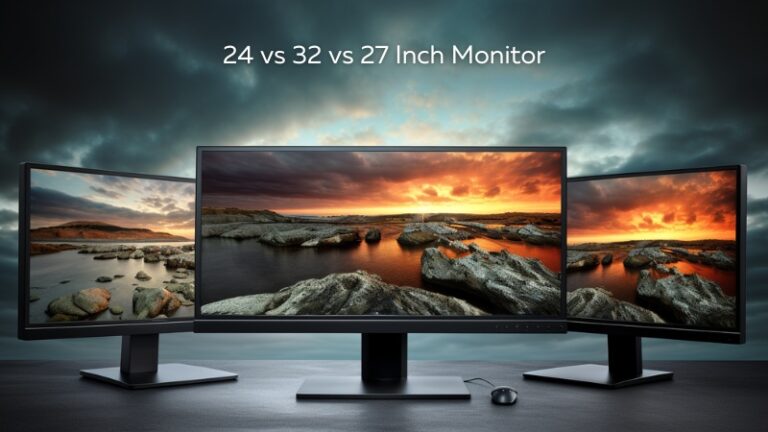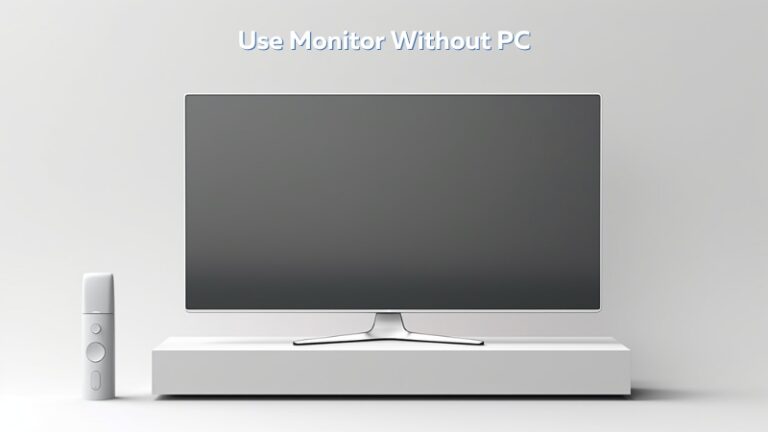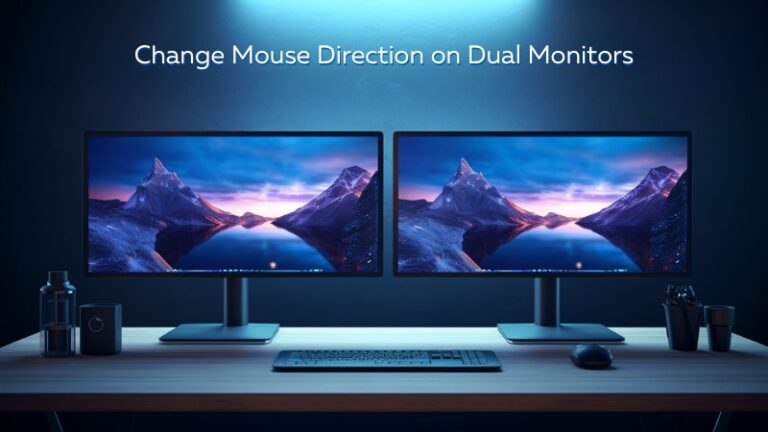How Big is a 24 Inch Monitor?
In the world of digital displays, understanding monitor sizes is crucial.
Whether you’re a gamer seeking immersive experiences, a professional requiring precise visuals, or a general user, the size of your monitor can significantly impact your digital interactions.
This article explores the dimensions of a 24-inch monitor, providing insights into how monitor sizes are measured and why these measurements matter.
Understanding Monitor Sizes
Monitor sizes are typically measured in inches, diagonally from one corner to the other.
This measurement includes the screen – the display area – and the bezel – the frame around the screen.
However, the actual size of the monitor can be somewhat misleading if you consider only this diagonal measurement.
The actual viewing area of a monitor, also known as the screen size, is often smaller than the monitor size. This discrepancy is due to the bezel, which can vary in width.
A monitor advertised as 24 inches diagonally doesn’t mean you’ll have a full 24 inches of digital real estate. The screen size is usually less due to the space taken up by the bezel.
The Size of a 24-Inch Monitor
So, how big is a 24-inch monitor? The dimensions of a 24-inch monitor, measured diagonally, typically translate to a width of approximately 20 inches and a height of about 12 inches for the display area.
However, these dimensions can vary slightly based on the aspect ratio of the monitor. Aspect ratio, the ratio of the width to the height of the screen, can affect the dimensions of the display area.
Common aspect ratios include 16:9 and 16:10. A 24-inch monitor with a 16:9 aspect ratio will have a slightly different size compared to one with a 16:10 aspect ratio.
To put the size of a 24-inch monitor into perspective, let’s compare it with other common monitor sizes.
A 27-inch monitor, for instance, is larger and typically has a width of around 23.5 inches and a height of about 13.2 inches.
On the other hand, a smaller 21.5-inch monitor usually measures around 18.7 inches wide and 10.5 inches high.
In conclusion, understanding the actual dimensions of a 24-inch monitor beyond the diagonal measurement can help you make an informed decision when purchasing a monitor.
It allows you to understand how much actual viewing area you’re getting and how the monitor will fit into your workspace.
Factors Affecting Monitor Size
When considering the size of a monitor, it’s important to understand the factors that can influence its dimensions.
Two key elements that play a significant role are the aspect ratio and the design elements like monitor stands and bezels.
Aspect Ratios
The aspect ratio of a monitor is the ratio of its width to its height. Common aspect ratios include 16:9 and 16:10. The aspect ratio can significantly affect the dimensions of the display area.
For instance, a 24-inch monitor with a 16:9 aspect ratio will have a slightly different size compared to one with a 16:10 aspect ratio.
Monitor Stands and Bezels
The design of the monitor stand and bezel can also impact the overall size of the monitor. Larger bezels increase the overall dimensions of the monitor without adding to the display area.
Similarly, the size and design of the monitor stand can influence the space the monitor occupies on your desk, even though it doesn’t affect the display size.
FAQs
A 24-inch monitor is considered a standard size for many uses, including gaming and office work. However, whether it’s large or not can depend on personal preference and specific use cases.
A 24-inch monitor typically has a width of approximately 20 inches and a height of about 12 inches for the display area. However, these dimensions can vary slightly based on the aspect ratio.
Compared to larger monitors like 27 or 32 inches, a 24-inch monitor may seem small. However, for many users and applications, a 24-inch monitor provides ample screen space.
A 27-inch monitor is larger, typically with a width of around 23.5 inches and a height of about 13.2 inches. It provides more screen space compared to a 24-inch monitor, which can be beneficial for multitasking or immersive gaming.
Conclusion
Understanding the size of a 24-inch monitor involves more than just the diagonal measurement.
Factors such as aspect ratio, bezel size, and monitor stand design can influence the overall dimensions and the space the monitor occupies.
By considering these factors, you can make an informed decision when choosing a monitor that fits your needs and workspace.

